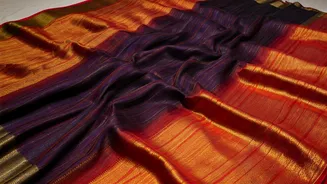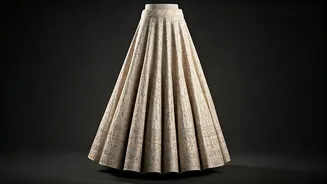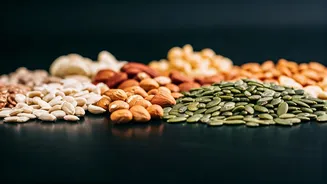Reviving a Tradition
The art of draping a sari is a skill passed down through generations, embodying elegance and cultural identity. Professional sari drapers are instrumental
in keeping this heritage alive and thriving. They possess an intricate understanding of various draping styles, fabrics, and the specific aesthetics required for different occasions. They skillfully navigate the nuances of regional variations, ensuring each drape is an authentic representation of its origin. These experts have also seen a shift in demand, adapting to modern trends while upholding traditional techniques. This blend of heritage and contemporary flair solidifies their relevance in today's fashion landscape.
Skills and Expertise
These artisans possess a deep understanding of fabrics, including silk, cotton, and chiffon, and how each drapes differently. They are adept at recognizing the drape's visual impact, ensuring the style complements the wearer's figure and the event. Their expertise extends beyond mere technique; they understand how a sari represents culture and occasion. Drapers offer personalized consultations to cater to individual preferences and needs, ensuring each client receives a bespoke experience. Their work involves an array of services, including draping for weddings, festive events, and photoshoots. The core of their expertise is the knowledge to skillfully create the perfect drape, reflecting both tradition and modern trends.
A Lucrative Profession
The demand for professional sari drapers has increased, transforming this age-old skill into a viable career path. With the growing awareness of India's cultural richness, coupled with a renewed interest in traditional attire, the market for skilled drapers has expanded. These professionals are frequently sought after for important events, like weddings and festivals, leading to increased income potential. Additionally, the digital age has provided new avenues for showcasing their work through online platforms. Social media enables drapers to advertise their expertise, share their creations, and reach a wider audience. This has led to the emergence of both independent professionals and organized drapery services, contributing to the economic growth of the industry.
Adapting to Change
The professional sari draping sector is continuously evolving to meet the demands of a changing world. Drapers are embracing new techniques, like incorporating modern draping styles and innovations in fabric manipulation. They are increasingly adapting to the influence of social media by utilizing platforms such as Instagram and Pinterest to exhibit their work and attract clients. The incorporation of technology allows for greater customization and client interaction. They also offer tutorials and workshops to share their knowledge, enabling a new generation of artisans. This proactive approach ensures the profession continues to evolve, thereby remaining current while honoring its traditional foundations. This adaptability is key for future viability.
Preserving Indian Heritage
The work of sari drapers goes beyond their professional services; it is also a vital cultural preservation effort. By maintaining the craft of sari draping, they ensure the perpetuation of traditions and customs. They play a key role in transmitting the knowledge and techniques required to create various drape styles and regional variations. They often participate in educational programs and workshops to teach and inspire the coming generation, ensuring the art continues to flourish. Through their dedication and work, they keep the cultural legacy of the sari alive, which helps to preserve and celebrate India’s diverse heritage. Their efforts guarantee that the art of sari draping continues for future generations.

















